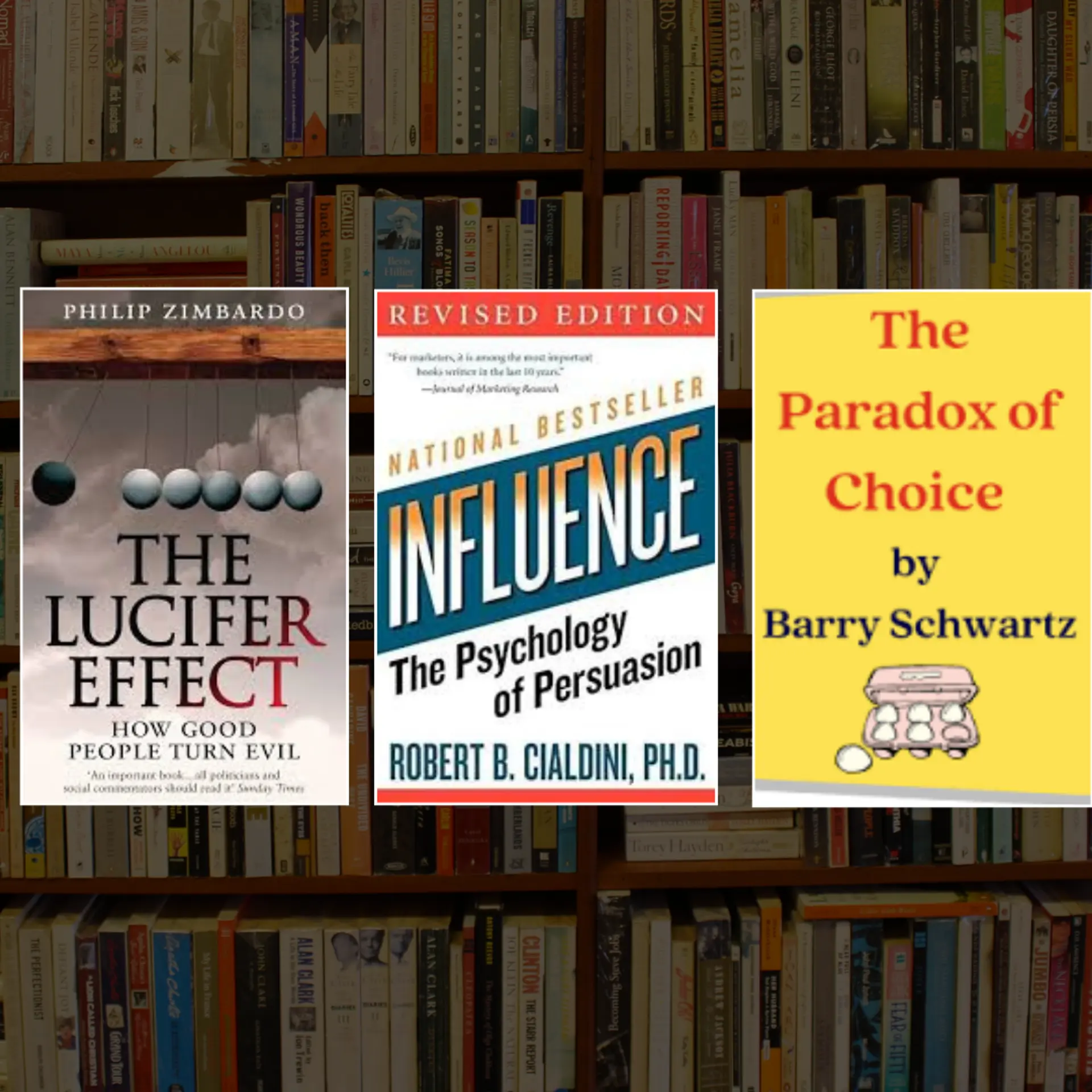

How Will Your Free App Make Money- 7 Proven Strategies to Monetize Your App
Do you have an idea of creating a mobile app for your business but scared to invest? This is the common fear in every business owner as they know that mobile application development will consume a lot of time, maybe months and money is the second scenario. But as you know free apps are dominating the market today; many entrepreneurs are unaware of the fact that 98% of global revenue comes from a free app, according to Google Play survey. Surprised with this figure? You don’t know the power of free apps! According to previous years, Mobile App prediction conducted by App Annie, the global gross from free apps was expected to reach almost $56 billion which is going to double by the year 2020.

You need to think of monetizing from your free app and develop effective strategies to earn more. Without stressing you a lot, below we’ve discussed 7 proven strategies that will surely give you positive results and allow you to make more with your free app:
1. Featuring advertisements in your app-
Pop-up ads within the app have become a driving force among businesses to earn money from their free apps. Researchers have reported that 7 out of 10 users have used this model in 2016 for making money. What is this exactly? If you are an entrepreneur with a free mobile app, you can monetize simply by displaying commercials inside the app and get paid from the third-party mobile ad firms. It is called affiliate marketing. The payment mode varies in this model that includes:
• Cost per click (CPC) - This mode means that you get paid for every click on displayed ads in your mobile application.
• Cost per view (CPV) - This mode type is specifically for video ads, the more users watch the video app ads, and the more you get paid.
• Cost per install (CPI)- In this mode, you get paid, when the user of your app installs the advertised app.
There are several ways to display your ad in mobile apps; below-mentioned are common ones:
• Banners- Banner ads usually appear at the bottom or top of the mobile app that involves some design and content in bold and dark colors. However, this model is not very alluring as users keep on using the mobile app without bothering to read this banner. Thus, banners have a low click-through rate (CTR) and greatly depend on brand recognition.
• Native- Most of the users don’t like banner ads and try to block them from the app altogether. Now how will you reach out to the users? Don’t worry! Make use of native ads, these ads don’t look like ads really and can be seamlessly integrated into the mobile application making them restrained but quite efficient.
• Videos- According to a report by eMarketer, the CTR of the video ads are 0.39%, which is pretty high. Usually, video ads appear automatically when the user interacts with an app.
• Interstitial- These ads consumes your whole screen and most often appears when a user is about to launch or close an application. They are kind of pop-ups that appear time to time.
2. Embracing the in-app purchase approach-
This monetization approach is likely to rule the market in the coming years. In this strategy, you can offer your users to buy something right in the app. This approach has been used by thousands of brands these days. There are three types of in-app purchases:
• Consumable- Consumable are products that a user can purchase only once, for instance, virtual money or health points, which is mostly found in gaming apps.
• Non-consumable- These purchases are permanent that users buy from your app that includes paying for additional functions or blocking ads forever (in this way you can make money without advertisements as well).
• Subscriptions- Your mobile app may offer some subscriptions that release some vital content or functions for a certain period of time. Subscriptions can be non- renewing or automatically renewing.
3. Freemium approach-
To reap benefits from a freemium strategy, you need to develop a second paid version of your mobile app. If your users love your app or find it useful, they may pay for paid versions to enjoy the additional features.
In this strategy, users are usually offered to upgrade their app with a paid version to enjoy more benefits, and if they agree to do so, they are headed towards the app store.
For instance, look at MX player; it is a video player available on Google Play that is absolutely free but contains some ads. Users are offered with its paid version known as MX Player Pro that has same functions but has no ads. This monetization strategy is quite effective, but you should be aware that you don’t provide everything in your free app.
4. Sponsorship model-
This model is very lucrative when it comes to app monetization. How does it work? Well, you already have an app with countless users, after this, you contact a sponsor company and offer to renew the design of your app to go with the sponsor’s brand. However, there two types of sponsorship deals one is, you can either divide the revenue with your sponsor, or you can receive a monthly sponsorship fee.
The challenging part of this strategy is finding a sponsor, for which your app should be of that level that attracts potential funders.
5. Selling merchandise talent-
This is an innovative way of monetizing from your free app by selling merchandise. Many e-commerce businesses build a free app to sell their products and services that can be sold through the app. However, to support this strategy, a brand like Amazon took a step forward and started a service called “ Merch” that enables app publishers to create their handiwork, upload to their platform and promote their products. Furthermore, to keep the process, seamless Amazon also takes care of the payment and delivery of these goods and services.
6. Traditional Email marketing model-
This model has always been and still is an effective money-making strategy. You can leverage this model and ask the users of your mobile app to share their email ids and later send the users messages. By adding a Facebook login option will eventually enable your users to share the email ids with you.
However, don’t forget to provide a cancellation option to users, which makes them more loyal towards your app as they know they won’t be receiving chunks of spams.
7. Raising funds from data-
There might be a number of advertisement companies of firms who need the data of your target customers. Selling customers’ data to the right party is actually legal and indeed profitable strategy for your free app.
From the marketing perspective, companies often want to display their ads to the target audience, which is possible only when they have the right data in hand. However, you have to go through certain privacy law as consumer data is always crucial in order to maintain the trust of your customers.
Wrap-up:
Future of free apps seems to be bright! So your investment in mobile app is worthwhile. If you have an idea of the free app, execute it today and follow the above-mentioned strategies to monetize well from the app and stay ahead of your competitors.






